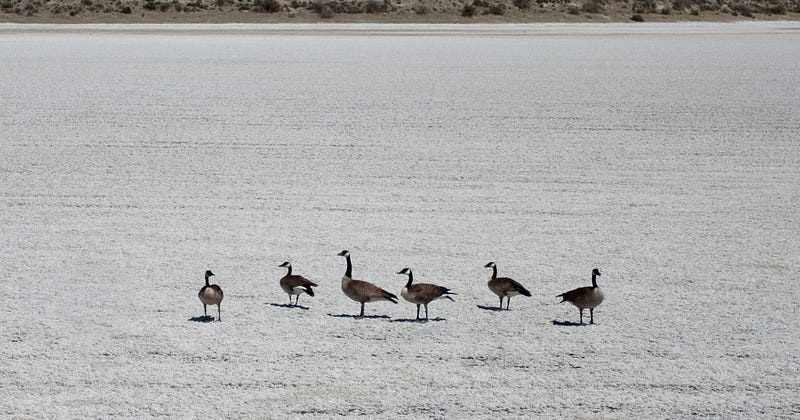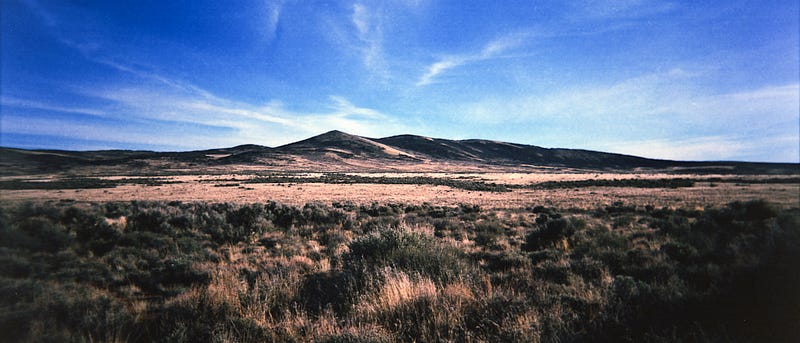“Game laws are said to be directly opposed to the liberties of the subject: I am well persuaded that they may be carried too far, and that they really are in most parts of Europe. But it is equally certain that where there are none, there never is any game”
I use the above quote to spark class discussion about the importance of wildlife conservation in the United States. Guess who said it? It wasn’t Theodore Roosevelt, Aldo Leopold, or John Muir, although those are all reasonable answers. The answer is seemingly unreasonable: a 21-year-old John Quincy Adams wrote the passage in his diary in 1787, three weeks before the signing of the U.S. Constitution in Philadelphia (neither he nor his father were there, despite attempts to re-write history to protect gaffing politicians). This makes two points about wildlife conservation. First, colonists valued conservation much earlier than standard textbookdescriptions allow (while First Peoples conserved wildlife for thousands of years). Second, laws and the rule of law are required to successfully conserve wildlife.“ Like, duh,” responds a student to my second point, awash in stories of illegal poaching of pangolin or tiger in South Asia. But this is a resolved issue in America, right?

The armed insurrection at Malheur has forced contemplating whether one of the two points in Adams’ quote is still true. Spoiler: it isn’t whether Americans value wildlife conservation—they still do. Measured by bipartisan opinion polling, an overwhelming majority of Americans support the Endangered Species Act, view conservation as patriotic and compatible with economic growth, and even red Rocky Mountain state voters oppose the loss of federally-managed public lands. Measured by how we spend our money, 90 million Americans spend more than $144 billion on wildlife-related recreation annually. For comparison, this is more than 12 times the annual revenue of the NFL, which is about $12 billion. Speaking of the NFL, team mascots also illustrate the cultural importance of wildlife — one-third are wildlife-related (and only 1 is a racial slur). The economic and cultural value of wildlife, and public efforts to conserve wildlife, are hard to overstate.

Ironically to some, hunting funds wildlife conservation heavily, partly thanks to 1930s hunter-conservationists that wanted to tax their own firearm purchases via the Pittman-Robertson Act. This sets up a more serious irony — thanks to this law, every time a militant buys an AR-15 and 1000 rounds of 5.56 to pack for their Facebook-assisted “freedom ride” to Burns or the Malheur National Wildlife Refuge, 11% of the price goes to wildlife conservation. The $8 billion collected and disbursed to the states has resulted in diverse conservation programs and acquisition of over 4 million acres of public land to date. California used its first disbursement of Pittman-Robertson funds in 1940 to improve Greater Sage Grouse habitat, a bird surely popular around Ammon Bundy’s campfires. Every time an AR-15 rings, a sage grouse gets its wings. Who knows — if the militia movement gets large enough and buys enough guns and ammo, we might some day be able to buy land faster than radical extremists can occupy it.

With these same firearms, the Bundy gang and partner militias such as the III% and Oathkeepers are upsetting the rule of law via threat of violence and intimidation. They are preventing the operation of a 187,000 acre National Wildlife Refuge with 16 full-time employees — ironically, a refuge that allows both cattle grazing and haying. (If the Bundys stay long enough, there may be fewer cows on the refuge this spring than last year.) The community of Burns and Harney County sheriff have repeatedly asked the insurrectionists to leave, and they have not. The occupation has inspired peaceful counter-protests, and as media coverage grows more skeptical of their dubious demands, the insurrectionists have simply resorted to intimidation. The situation may yet worsen.
The Bundy gang and some of their sovereign citizen pals use constitutions annotated by W. Cleon Skousen, a noted religious fundamentalist and white supremacist, to reject governance and justify creating pretend grand juries with real vigilante powers. Today, one of these fake juries appears to be gearing up to “charge” the county sheriff with dereliction of duty. This Hydratic shitstorm of militias, sovereigns, white supremacists, and religious fundamentalists recently surfaced in the national psyche during the Cliven Bundy standoff in 2014 and was emboldened by the lack of law enforcement response. Having taken Malheur and given free reign to travel while being supported by deep pockets, this militant insurrection is already spreading toUtah, New Mexico, and Idaho. Outrageously, lawmakers from Idaho, Nevada, and Washington have visited occupied Malheur, lending support via the appropriately abbreviated C.O.W.S. Such radicalization shifts theOverton window to the right, making related, less militant, but equally unpopular land grabs seem tame by comparison.

The Bundy insurrection hurts wildlife conservation, and democracy itself, by upsetting the rule of law. Indeed, this group of militant extremists is undermining the entire doctrine that the government should hold wildlife (and land) in trust for the people, and manage them for the benefit of all Americans. That is why it should be taken seriously, snacks and dildos aside. This event hurts the future of wildlife conservation — many of my students aspire to (and then do) work for the U.S. Fish and Wildlife Service, the U.S. Forest Service, Bureau of Land Management, state wildlife agencies, academia, and advocacy or science NGOs. Present and future employees ofall of these groups, and the public trust they protect, are injured and demoralized when the rule of law goes disregarded. Further, our field already has a diversity problem, and having armed insurrectionists that are white supremacists taking over wildlife refuges does nothing to help. Such lawlessness contributes to an uncertain regulatory environment, and increases risk of intimidation or violence against employees — which is already common. I look forward to being able to tell future students that we have abundant wildlife because we heeded John Quincy Adams, and restored and respected the role and rule of law in conservation.
Daniel Barton is an Assistant Professor of Wildlife Biology at Humboldt State University, in Arcata, California. He hopes to tell students that refuges in America still mean something, soon. Uncredited photos are (c) Daniel Barton 2015. Twitter: @oreothlypis
[This is the second in a two-part series. The first is here]

















